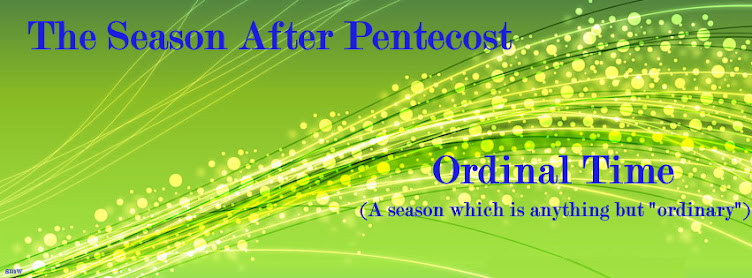Luther's Snow-Covered Dunghill
"We see grain sowed in the ground. Reason now asks: What happens to the grain in winter that has been sowed in the ground? Is it not a dead, moldy, decayed thing, covered with frost and snow? But in its own time it grows from that dead, moldy, decayed grain into a beautiful green stalk, which flourishes like a forest and produces a full, fat ear on which there are 20, 30, 40 kernels, and thereby finds life where only death existed earlier. Thus God has done with heaven, earth, sun and moon, and does every year with the grain in the field. He calls to that which is nothing that it should become something and does this contrary to all reason. Can He not also do something which serves to glorify the children of God, even though it is contrary to all reason?"
We do get closer to the saying here:
"I said before that our righteousness is dung in the sight of God. Now if God chooses to adorn dung, he can do so" (Luther's Works, Vol. 34, page 184).
In that same document Luther adds:
"All the justified could glory in their works, if they would attribute glory to God with respect to themselves. In this manner they would not be dung, but ornaments" (Luther's Works, Vol. 34, page 178).
In short, I could not find any direct reference to Luther's reference to justification being that we are like a snow-covered dunghill.
If anyone else has further references to be looked at, please post a comment here!
In JMJ,
Scott<<<
3 comments:
Keep in mind while posting:
1) Please respond ON TOPIC to the article at hand.
2) Posts more than 4 weeks old are set to automatically save new comments for moderation - so your comment may not show up immediately if you're responding to an older post.
3) The "Spam Filter" is on - and randomly messages get caught in that filter. I have no control over which messages get caught in the spam filter and those that do must wait for me to mark them as "not spam." A message caught by the spam filter may show up for a moment, making you think it posted, and then disappear. Do not assume I have deleted your comment, it's probably just the spam filter and it will show up.
Feast of the Assumption
The Feast of the Assumption of the Blessed Virgin Mary - another example of "not-so-ordinary" days! These are COUNTING days - and...

-
In a recent post from Alan/Rhology on Beggars All , he said: >> sw: So you're confirming (again) that your local >> churc...
-
A friend of mine posed the following to me... Thoughts? Change occurs in official (non-defined) Catholic doctrine like this: 1. The d...
-
bossmanham Says: Tuesday, February 09, 2010 9:34:00 AM Hi CathApol, I know this post isn't on transubstantiation, but I saw your r...

This seems to be the proverbial "old wives' tale."
ReplyDeleteThough, I have heard this same information coming from such esteemed apologists as Dr. Scott Hahn. I'm sorry that I've passed on this misinformation about Luther to others.
I'll have to make a mental correction to this.
Matthew,
ReplyDeleteWhich information did you see as "an old wives tale?" The "snow covered dunghill" is something which has been used by Lutherans themselves, but those exact words, I could not find attached to Luther himself - however - he did say several things CLOSE to that and thus the conclusion or paraphrase could be attributed to his thought process, would you not agree?
An unnamed Lutheran pastor comments:
ReplyDeleteI'm pretty sure the quotation from Luther (about the dung and snow) is genuine, but it's important to remember that it is only an illustration. It vividly expresses the Christian's experience - in a certain context - of being simultaneously sinner and saint. However, it won't do if it is taken to mean that the sinner is not changed by being united to Christ. Luther's doctrine of justification is both "forensic" and "transformationist" (unlike certain later Lutherans). For Luther, being "declared" righteous "makes" the sinner "righteous."
http://stmaryvalleybloom.org/snowdunghill.html